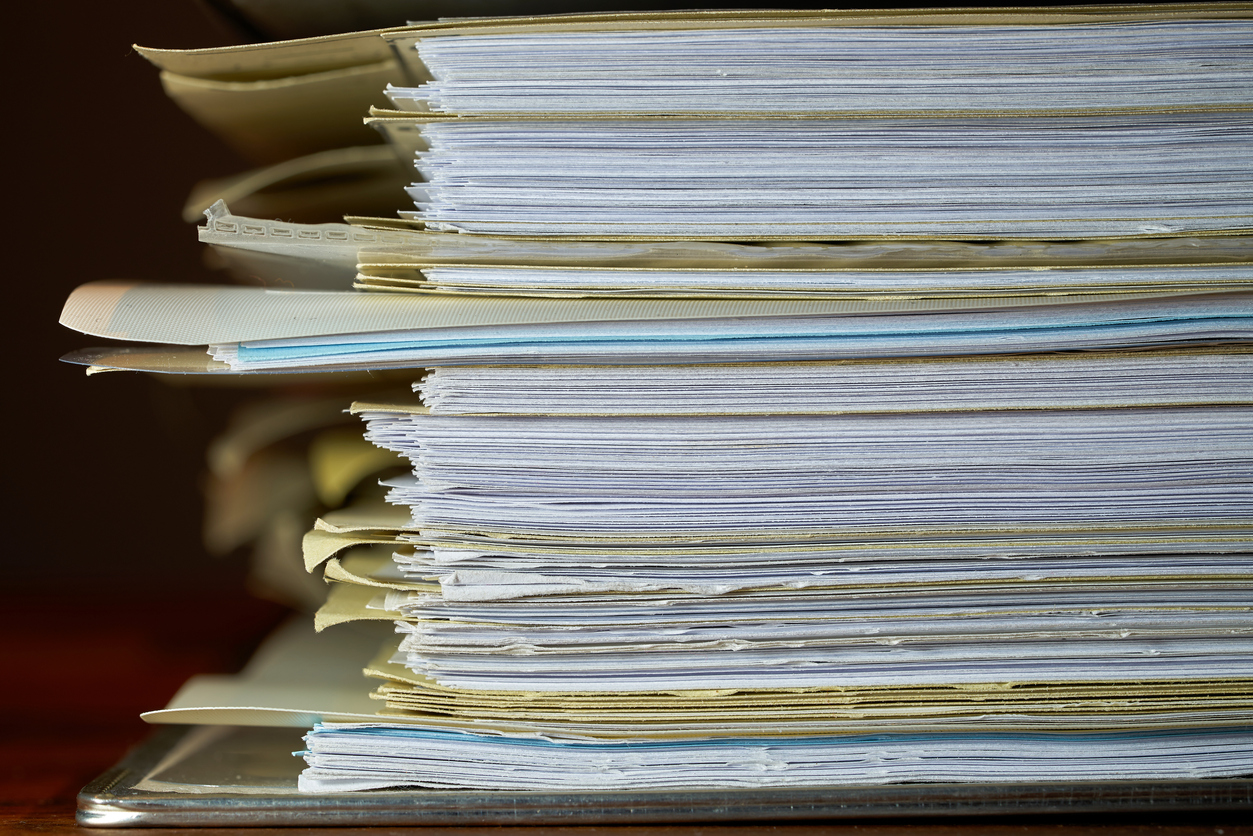In Redcorn v. State Farm Fire & Casualty Company,1 the insured’s roof was damaged by wind or hail. Although the policy did not define “actual cash value,” it contained an endorsement entitled Roof Surface Losses—Actual Cash Value Endorsement, which provided for roof surface repair and replacement coverage on an actual cash value basis:
Roof Surfaces: We will pay the actual cash value at the time of loss for loss or damage to roof surfaces. We will not pay an amount exceeding that which you actually and necessarily spend to repair or replace the damaged roof.
The insurance company issued a payment for the actual cash value of the damage to the roof. In this case, the insurance company calculated the payment by determining the replacement cost, including materials and labor, and depreciating it. The insured argued that the cost of the roof replacement should be separated into components of materials and labor, and depreciating only the materials.
The Oklahoma Supreme Court, following the broad evidence rule, explained that depreciation of labor and materials was appropriate:2
Despite the objections of Redcorn, indemnity is served by considering the age and condition of a roof, both materials and labor, in setting an amount of loss. To meet the goal of indemnity, Redcorn should be placed, as nearly as practicable, in the same condition as he was in just prior to the insured loss. Pursuant to the broad evidence rule, a fact-finder is entitled to consider what the life of the destroyed roof, both materials and labor, would have been, as well as any other relevant evidence presented. In Rochester American Ins. Co., 1953 OK 4, ¶ 9, 252 P.2d at 492, the Court observed that the jury instruction stated that the actual cash value of a building is the cost of replacing the building with material of like kind and quality less depreciation, and that the amount of depreciation was to be determined by considering the age of the building, the condition in which it had been maintained, changes in the neighborhood and any other facts and circumstances in evidence that affected the value of the property, including the viewing of the premises by the jury. When the Rochester Court mentions replacing the building with material of like kind and quality, replacing necessarily includes labor.
Redcorn chose an “actual cash value” policy, and paid premiums based on his choice. He insured a roof surface, not two components, material and labor. He did not pay for a hybrid policy of actual cash value for roofing materials and replacement costs for labor. To construe the policy in such a manner would unjustly enrich the policy holder.
In summary, actual cash value is determined by the broad evidence rule. That rule requires that all relevant evidence be considered in determining a loss. A roof is the product of both materials and labor just as a building is the product of both materials and labor. Age and condition of a roof is relevant evidence in determining actual cash value.
Another Oklahoma case on this issue is Davis v. Mid-Century Insurance Company,3 where the insured’s policy defined reimbursable actual cash value as “replacement cost of the property at the time of loss less depreciation.” The Tenth Circuit Court of Appeals held that the costs associated with the removal of hail-damaged shingles was not subject to depreciation under an actual cash value policy, because the cost of removal was within the coverage provision requiring insurer to pay reasonable expenses of removing debris caused by a covered loss. However, the labor cost of installing new shingles was subject to depreciation.
1 2002 OK 15, ¶ 3, 55 P.3d 1017.
2 Id. at 1021. Emphasis added.
3 311 F.3d 1250 (10th Cir. 2002).



